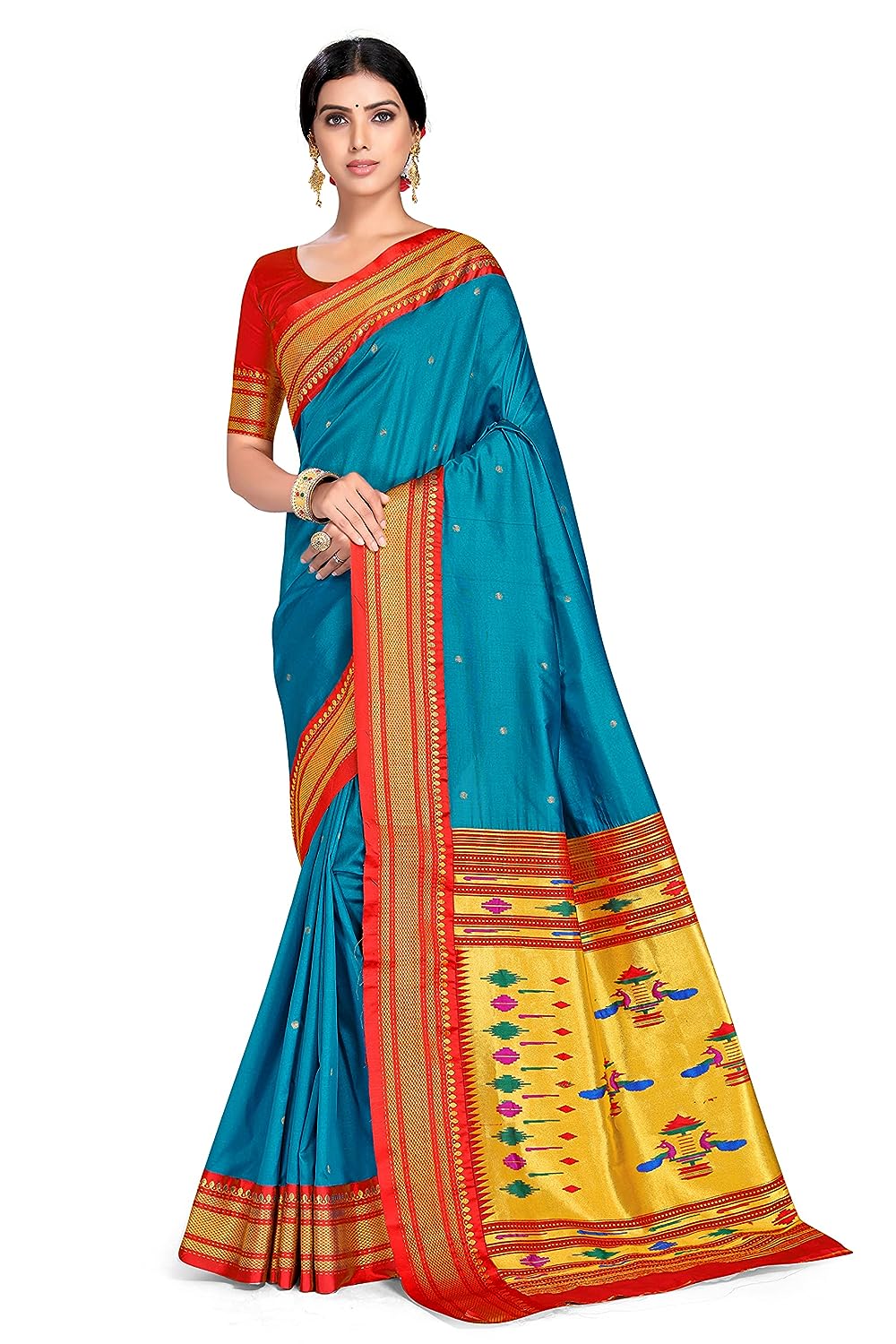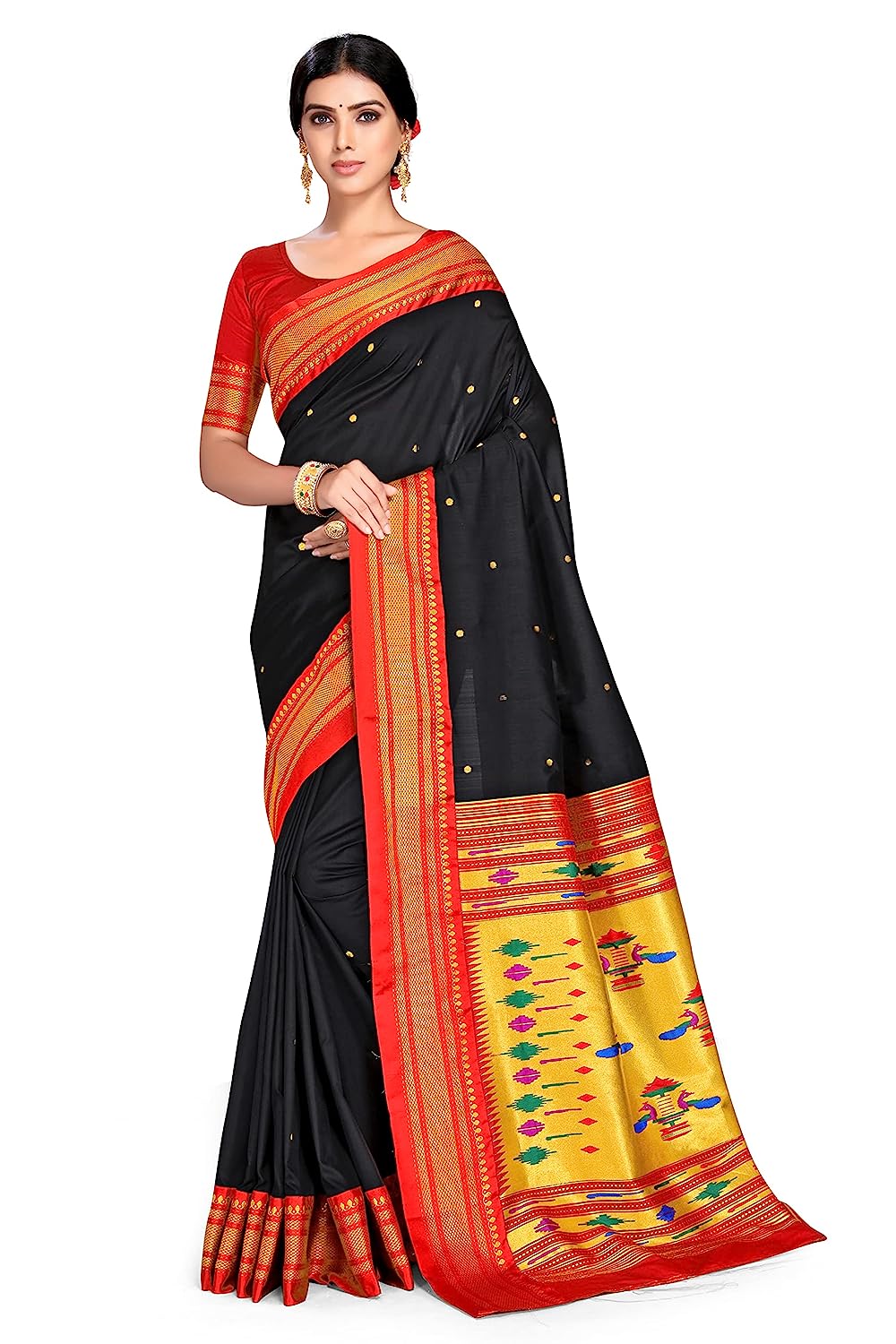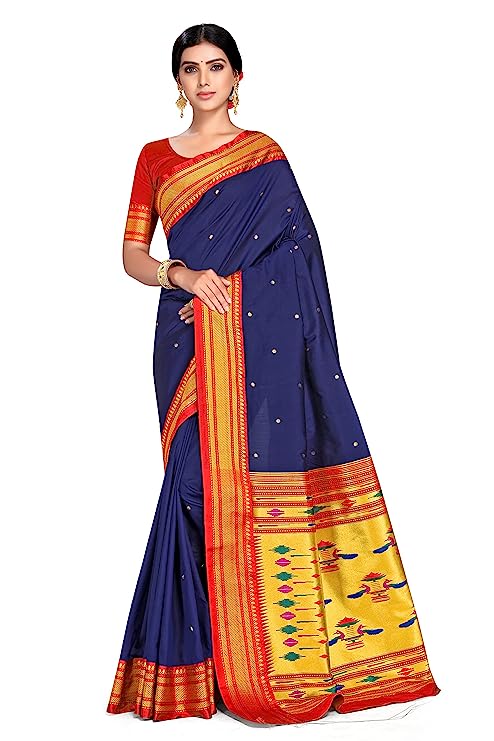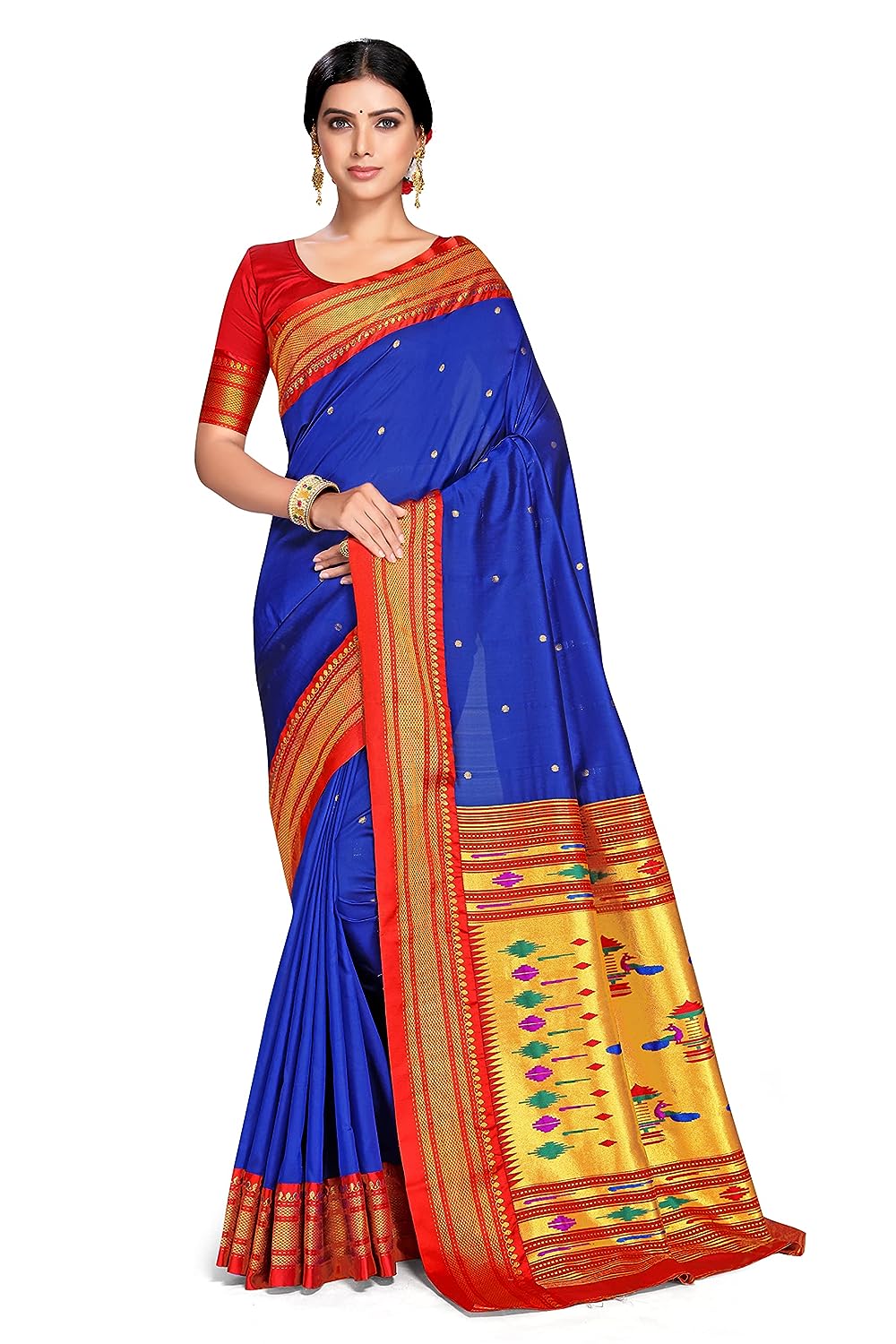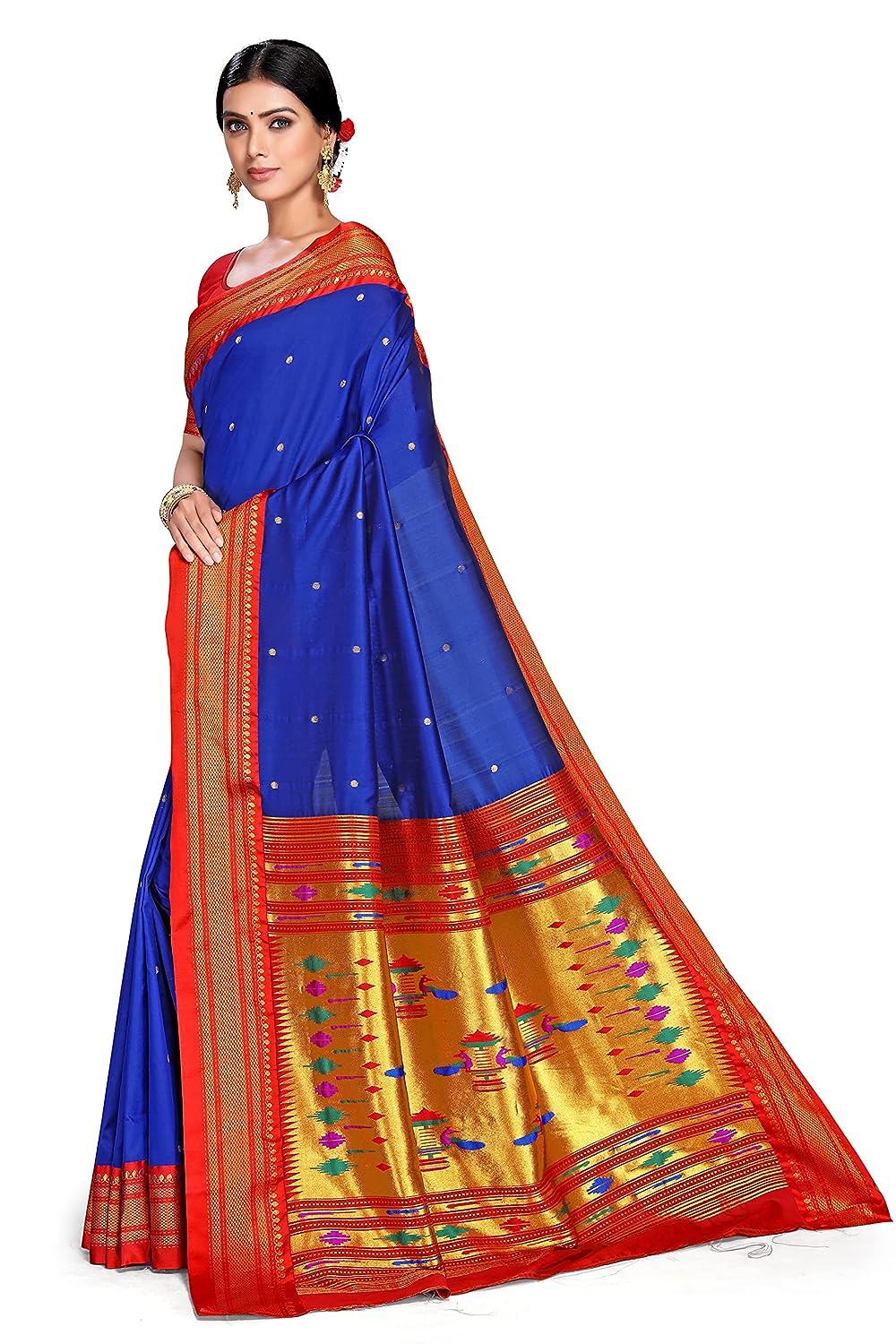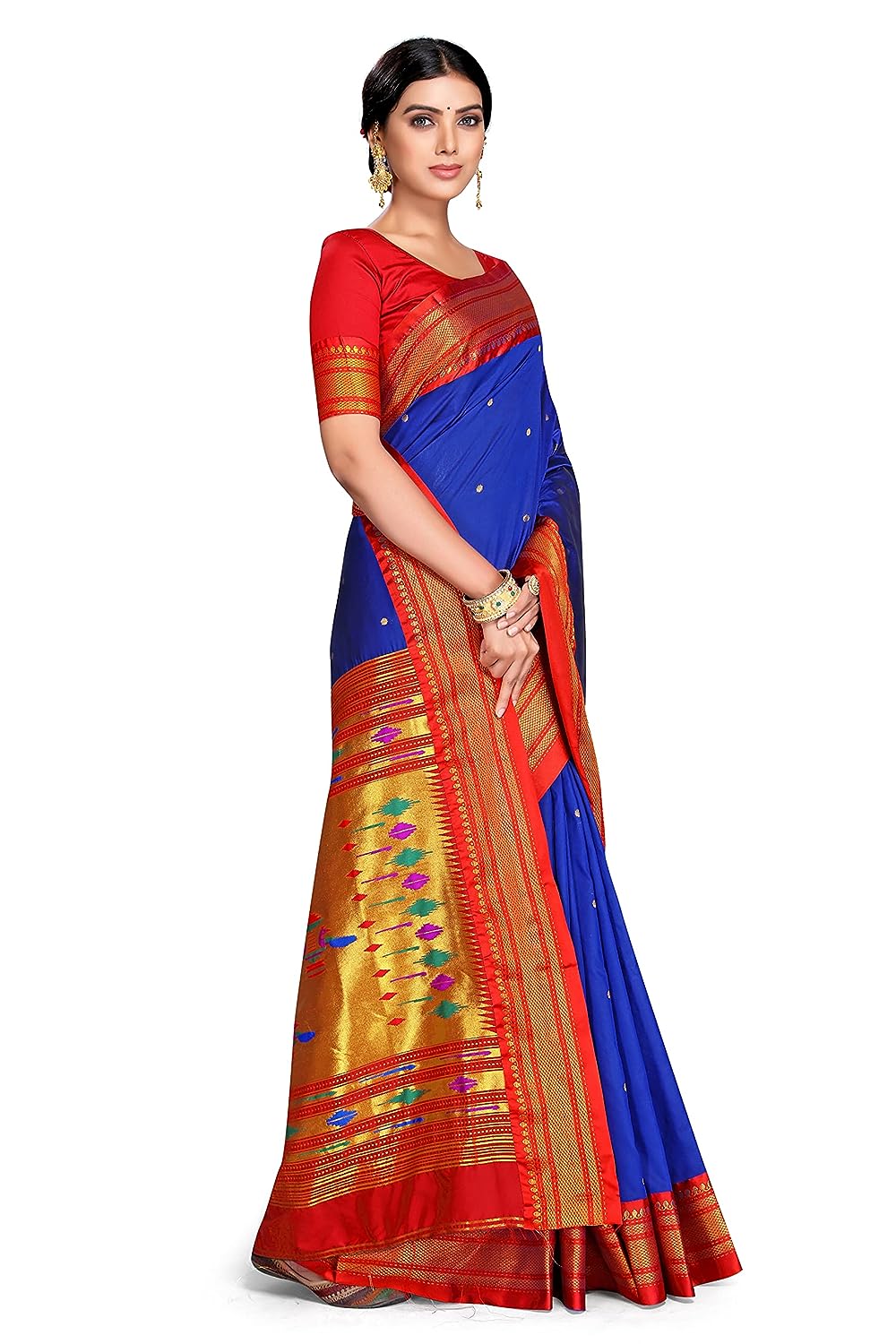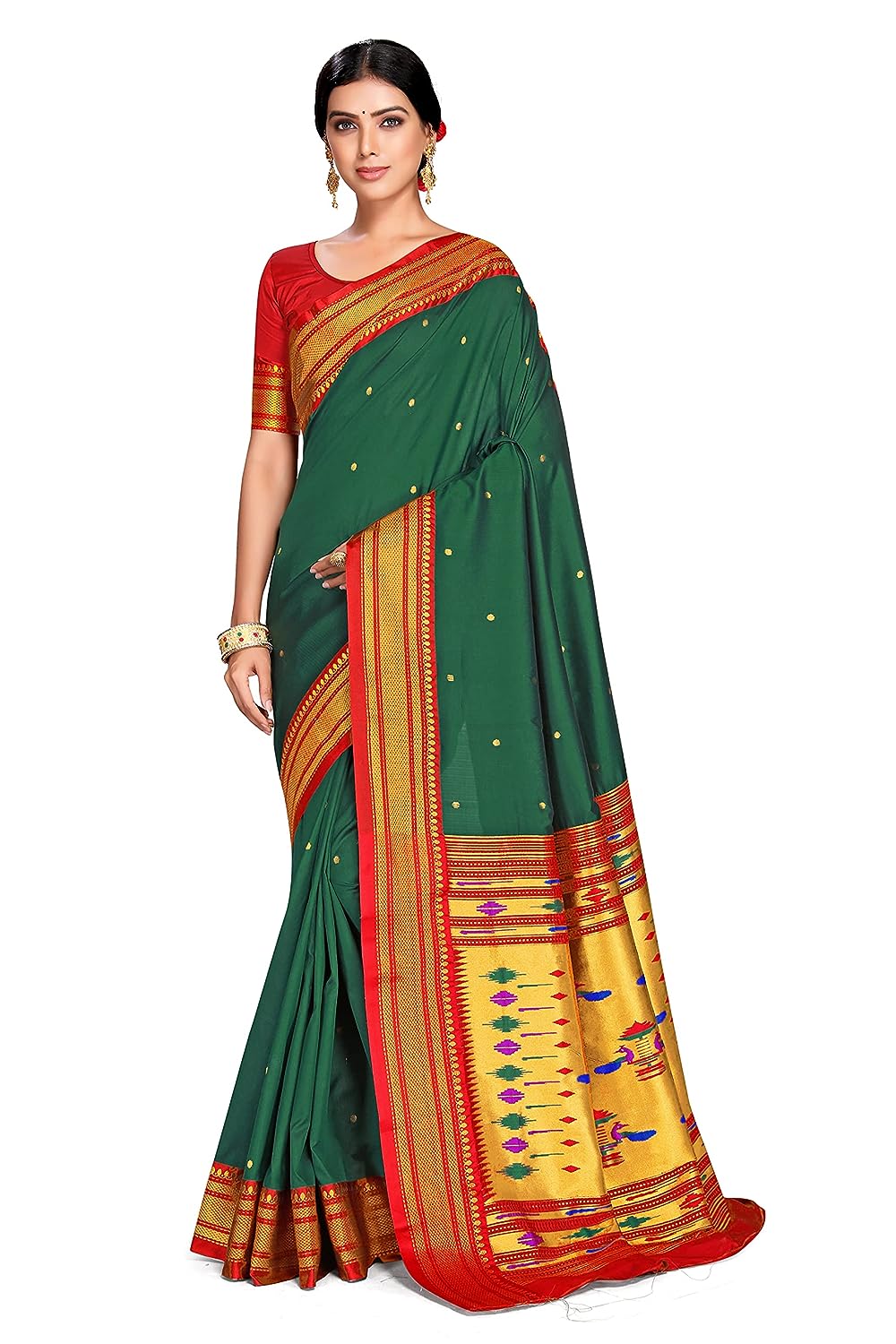HISTORY OF SILK SAREES
The history of silk sarees in India is a tale of artistry, tradition, and cultural significance. The origins of silk production and weaving can be traced back thousands of years, and India has played a vital role in the global silk trade. Here is a brief overview of the history of silk sarees:
- Ancient Origins: The production of silk dates back to ancient times, with India being one of the earliest centers of silk cultivation and weaving. According to historical records, sericulture (silk farming) and silk weaving were practiced in India as early as 2,000 BCE.
- Silk along the Silk Road: The famous Silk Road, an ancient network of trade routes that connected the East and West, facilitated the spread of silk from China to India and other parts of the world. Indian silk sarees gained popularity not only within the country but also among traders and travelers along the Silk Road.
- Royal Patronage: Throughout history, silk sarees were considered a symbol of luxury, and the art of silk weaving received significant patronage from Indian royalty and aristocrats. Various dynasties, such as the Mauryas, Guptas, and Mughals, supported the silk industry, leading to its growth and refinement.
- Regional Variations: Different regions of India developed their unique styles of silk sarees based on local weaving techniques, designs, and motifs. For example, the Kanjivaram silk sarees from Tamil Nadu, Banarasi silk sarees from Varanasi, and Patola silk sarees from Gujarat all have distinct characteristics that reflect their respective cultural influences.
- Weaving Techniques: Traditional silk sarees were handwoven using techniques like pit looms, frame looms, and handlooms. These methods required great skill and expertise, and saree weaving became a significant source of livelihood for many communities.
- Cultural Significance: Silk sarees have deep cultural significance in Indian society. They are worn on various occasions such as weddings, festivals, and religious ceremonies. Silk sarees are also passed down through generations as heirlooms, carrying with them family traditions and memories.
- Modern Times: Despite technological advancements and the availability of machine-made fabrics, handwoven silk sarees continue to be highly valued and sought after. They are not only a symbol of cultural heritage but also a source of livelihood for many weavers across India.
The history of silk sarees is a testament to the rich craftsmanship and artistic expression of Indian weavers. Today, these sarees are not only cherished within India but are also admired and appreciated by people worldwide for their beauty, elegance, and timeless appeal.
TYPES OF SILK SAREES
Silk sarees are traditional Indian garments known for their elegance and richness. They are made from silk fabric and come in various styles and designs, each originating from different regions of India. Here are some popular types of silk sarees:
- Banarasi Silk Saree: Originating from Varanasi (Benaras), Uttar Pradesh, these sarees are known for their intricate gold and silver brocade work and vibrant colors.
- Kanjivaram Silk Saree: Hailing from Kanchipuram, Tamil Nadu, these sarees are renowned for their exquisite silk quality and traditional motifs like peacocks, temples, and checks.
- Mysore Silk Saree: Produced in Karnataka, these sarees are known for their soft texture and bright colors with zari borders.
- Patola Silk Saree: Originating from Patan, Gujarat, these sarees are famous for their double ikat patterns and rich colors.
- Bandhani Silk Saree: Commonly found in Rajasthan and Gujarat, these sarees feature tie-and-dye patterns and vibrant hues.
- Chanderi Silk Saree: Hailing from Chanderi, Madhya Pradesh, these sarees are characterized by lightweight silk fabric and delicate zari work.
- Tussar Silk Saree: Also known as “Kosa” silk, these sarees come from various regions in India and have a textured feel and natural golden sheen.
- Bhagalpuri Silk Saree: Produced in Bhagalpur, Bihar, these sarees are known for their unique texture and beautiful prints.
- Baluchari Silk Saree: Originating from West Bengal, these sarees depict elaborate scenes from epics and are woven with richly colored silk.
- Assam Silk Saree (Muga, Eri, and Pat Silk): Assam is known for different types of silk sarees like Muga (golden silk), Eri (peace silk), and Pat (Mulberry) silk sarees, each with its distinctive characteristics.
- Uppada Silk Saree: Produced in Andhra Pradesh, these sarees are light, soft, and known for their jamdani style weaving.
- Kota Silk Saree: Hailing from Kota, Rajasthan, these sarees have a unique square-shaped weave and are lightweight and comfortable to wear.
- Sambalpuri Silk Saree: Originating from Odisha, these sarees are handwoven and known for their traditional motifs like shankha (conch) and chakra (wheel).
These are just a few examples of the many types of silk sarees found in India. Each region and state in India have its own unique silk-weaving traditions, resulting in a diverse and exquisite array of sarees that celebrate the country’s rich cultural heritage.
It seems there is not any post added into Read Later list.
Recent Blog
-
Oil Dispenser with Brush, Oil Containers for Kitchen, Oil Bottle for Kitchen, Oil Bottle with Brush, Oil Can for Cooking, Baking, BBQ, Marinating (1ps/Multicolour)
-
Cashkaro
-
wishlink
-
Casual Shirts for Men: Unveiling Style and Comfort in Every Click
-
meesho kurta sets women
-
ILIFE V80 Robotic Vacuum Cleaner
-
Different Types of Hoodies for Women
-
Strategic Storytelling: How to Create Persuasive Business Presentations Paperback







